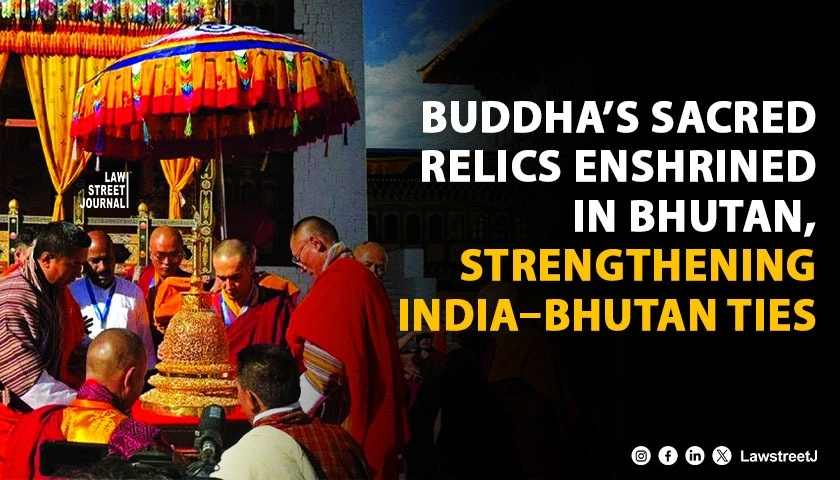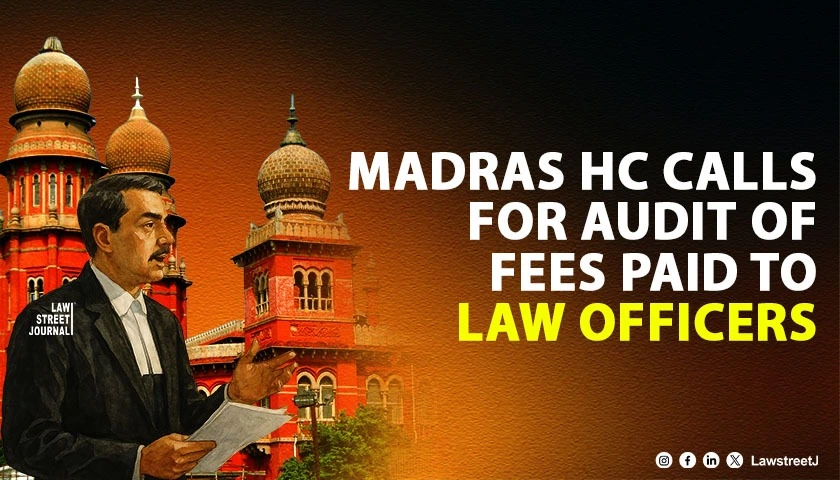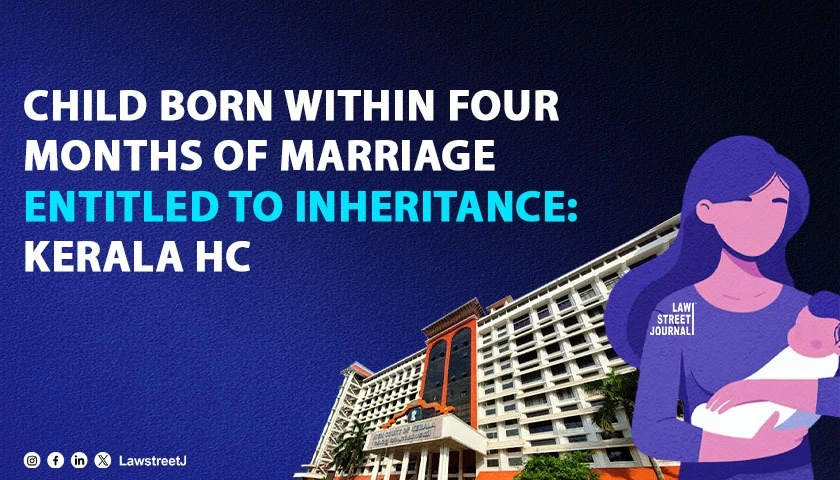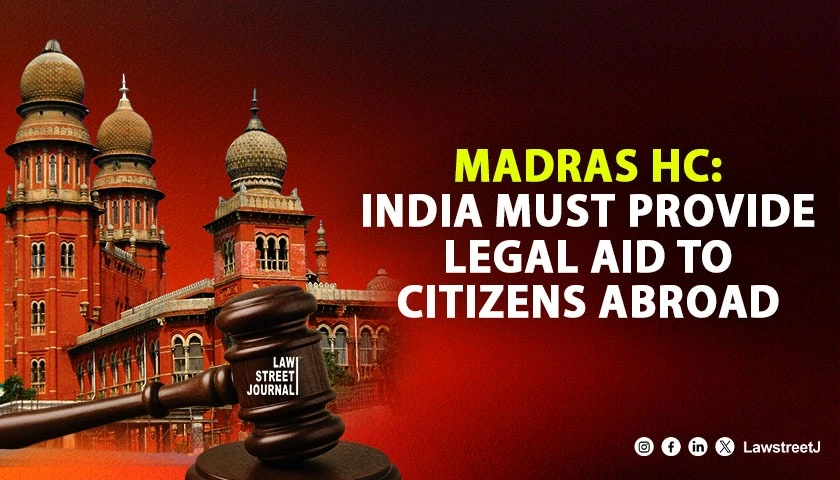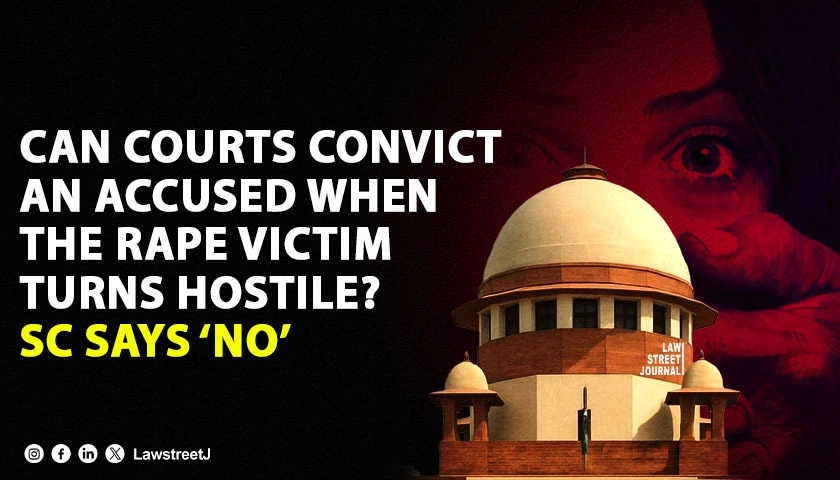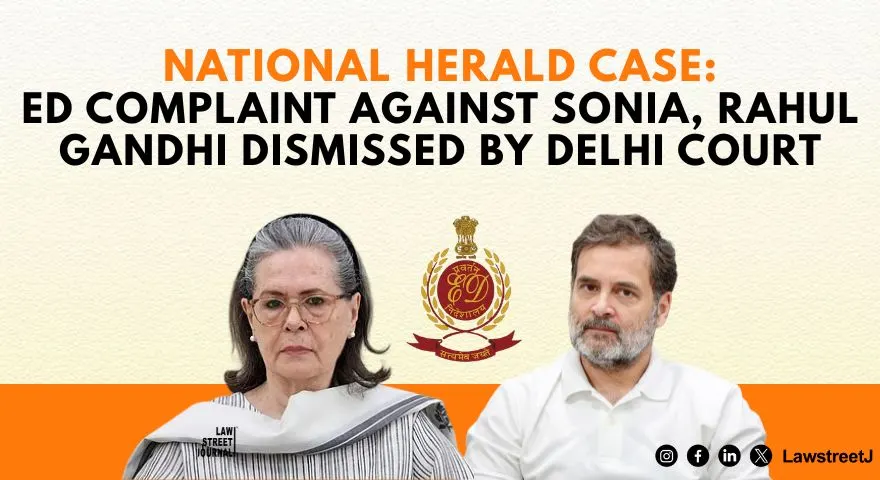New Delhi: A notable moment in India–Bhutan ties unfolded on 8 November 2025, when a set of sacred relics of Lord Buddha from India was placed at Bhutan’s Tashichhodzong Monastery. The gesture, carried out with full religious protocol, added a cultural and spiritual dimension to the already close partnership between the two countries. The relics, kept at the National Museum in New Delhi, were sent to Bhutan for public viewing during the Global Peace Prayer Festival. The exhibition runs from 8 to 18 November and is one of the key attractions of the festival. Tashichhodzong, which functions both as a monastic seat and an administrative centre, was chosen as the site for the enshrinement.
The ceremony drew Bhutanese Prime Minister Tshering Tobgay, members of his council, and senior Lopens of the monastic body. India was represented by Union Minister for Social Justice and Empowerment Virendra Kumar and officials from the Indian Embassy in Thimphu. Monks performed chants and offerings as part of the traditional rituals that accompany the placing of the relics.
The relics are believed to contain bone fragments of Lord Buddha. Under the Ancient Monuments and Archaeological Sites and Remains Act, 1958, these objects fall under strict protection in India. Their movement across borders was handled by the Ministry of Culture and the Archaeological Survey of India, following protocols meant to safeguard important cultural material.
Legal Framework and Exchange Protocols
India’s heritage laws limit the export of antiquities, and any temporary transfer requires multiple layers of approval. The Antiquities and Art Treasures Act, 1972, and the 1958 Act set out the standards for preserving and moving historical material. Cultural exchanges of this nature also follow commitments under UNESCO conventions.
For the Bhutan visit, the relics were moved under diplomatic cover. Officials from both countries coordinated the transport, and the Indian Embassy confirmed that the relics were insured and accompanied by conservation experts. These specialists travelled with the relics to ensure they remained secure and undamaged while in transit and throughout their stay in Bhutan.
Bhutan has its own heritage safeguards. Vajrayana Buddhism is the state religion, and the handling of sacred objects falls within the Cultural Heritage Act of Bhutan. Approval for hosting the relics came from the central monastic authority, in consultation with the Ministry of Home and Cultural Affairs. Once the festival concludes, the relics will be returned to India under the same procedures.
Diplomatic and Cultural Significance
India has, over the past few years, taken part in several Buddhist cultural exchanges with partner countries. Relics have previously been sent for display in nations including Myanmar, Sri Lanka, and Thailand. The Bhutan exhibition fits into that broader pattern of outreach through shared heritage.
Prime Minister Narendra Modi, in a statement on 9 November, thanked Bhutan’s leadership for the reception accorded to the relics. He described the teachings of Lord Buddha as a link between the two countries and noted that cultural cooperation strengthens the broader relationship.
Bhutan remains an important partner under India’s Neighbourhood First Policy, and exchanges of this kind add a cultural layer to the strategic and economic ties already in place. The Global Peace Prayer Festival, in which the relics are being displayed, brings together spiritual leaders, scholars, and cultural groups for discussions and performances centred on Buddhist philosophy. Organisers include Bhutan’s monastic institutions working with international Buddhist organisations.
With the arrival of the relics, the festival is expected to see large participation from devotees and visitors, adding a people-to-people dimension to the ongoing engagement between India and Bhutan. The placement of Lord Buddha’s relics at Tashichhodzong brought together heritage law, diplomatic planning, and religious tradition. Carried out within the framework of cultural protection rules in both countries, the event showed how shared spiritual history continues to influence India–Bhutan relations. As the relics remain on display during the festival and return later to India, the exchange stands as another instance of cultural diplomacy shaping ties between the two neighbours.

